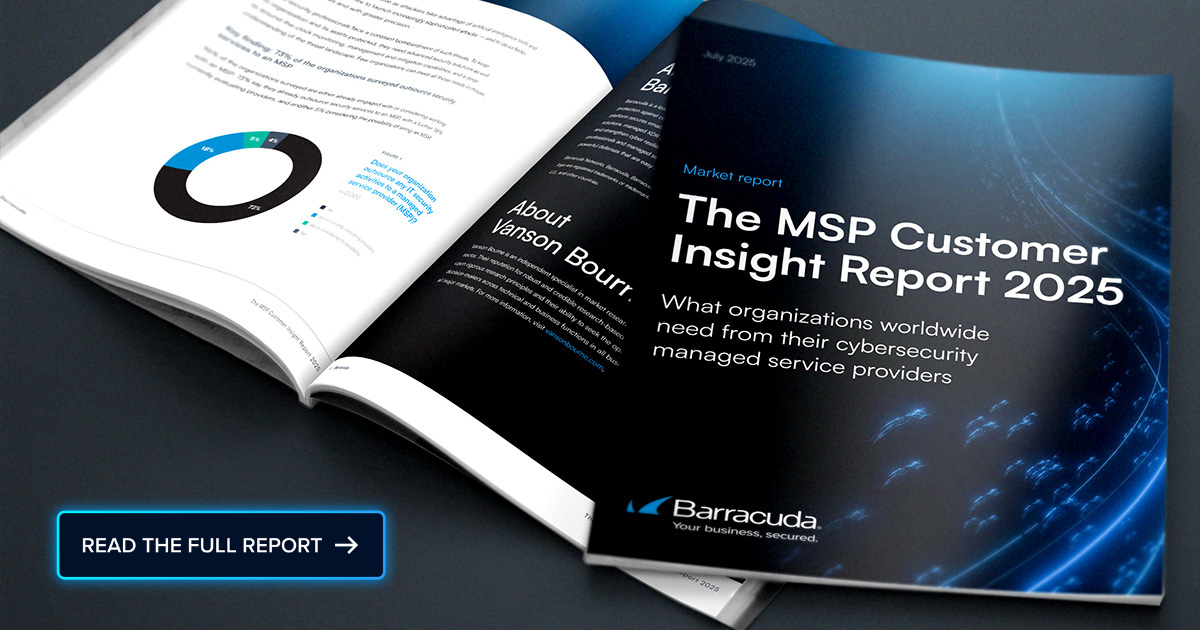 A survey of 503 IT professionals suggests there is much more focus on identifying and preventing wasted spending on applications and IT infrastructure.
A survey of 503 IT professionals suggests there is much more focus on identifying and preventing wasted spending on applications and IT infrastructure.
Conducted by Flexera, the survey finds 37 percent of respondents said wasted spending on infrastructure-as-a-service (IaaS) and platform-as-a-service (PaaS) environments increased last year, while 41 percent noted that wasted spending on software-as-a-service (SaaS) applications also increased. Similarly, more than a third (35 percent) said wasted spending on data center software increased, while slightly more (38 percent) also identified wasted spending on desktop software.
Well over a third (37 percent) said finding ways to optimize software usage remains a significant challenge. More than half (57 percent) are now tracking SaaS application usage and 38 percent report they expect to significantly increase their focus on it over the next three years.
Roughly two-thirds (67 percent) of respondents feel they have an accurate view of their on-premises software. In comparison, 65 percent feel the same about on-premises hardware and 64 percent about cloud instances. There is less visibility into SaaS application usage (54 percent), and only 19 percent have confidence in their use of bring-your-own licenses (BYOL).
More than half (53 percent) admit they have challenges gaining or maintaining complete visibility of technology investments. However, nearly all respondents (95 percent) said their organizations have some plan for aging hardware, with 63 percent planning on recycling. More than half (53 percent) also plan longer retention periods, while 51 percent plan to refurbish/reuse hardware.
On the plus side, more than three-quarters of respondents (77 percent) work for organizations that now have a FinOps team made up of finance, and IT professionals who collaborate to work toward reining in IT costs.
Waste reduction outweighs the cost of IT services
Arguably, managed service providers (MSPs) have better visibility into how software and infrastructure are consumed than most anybody else. After all, monitoring and observability are foundational to the services they provide. The cost of a managed service may add to the total cost of IT, but it should pay for itself by reducing the amount of spending that is often wasted. Unfortunately, not enough MSPs are making that return on investment (ROI) case for their services.
Most organizations are always sensitive to IT costs, but in recent uncertain economic times, an increasing number of organizations are concerned about reining in spiraling IT budgets. Many of them are also especially concerned about software licensing audits.
The Flexera survey noted that vendors such as Microsoft (50 percent), IBM (42 percent), Oracle (31 percent) and ServiceNow (20 percent) have launched an audit of their IT environments in the last three years. Nearly a quarter (22 percent) said they have incurred more than $5 million in audit costs over that same period. In the absence of complete visibility into an IT environment, the probability an organization will run afoul of a software licensing audit is high.
MSPs must make the case
Oversight of IT spending in many organizations is surprisingly light. No one necessarily likes to admit that, but even a cursory scan of an IT environment should surface plenty of instances of wasted IT spending. The point that MSPs need to make is that not only can they eliminate that waste; they can just also prevent it from recurring again in IT environments that become larger and difficult to manage.
Photo: Rob Byron / Shutterstock

